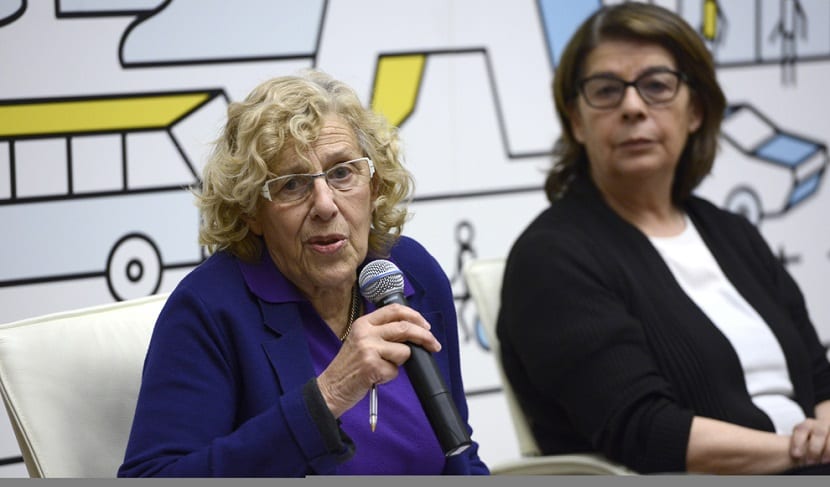
Madrid's air quality decreases due to the amount of traffic that circulates on its roads every day. That is why the City Council has presented your Air Quality and Climate Change Plan which aims to achieve a reduction in the emissions of polluting gases and an improvement in the quality of the air in Madrid.
In addition, the plan also has parking limitations and several more measures that we will see below. All this will begin in 2020. What measures will be taken to improve air quality?
Air quality and climate change plan
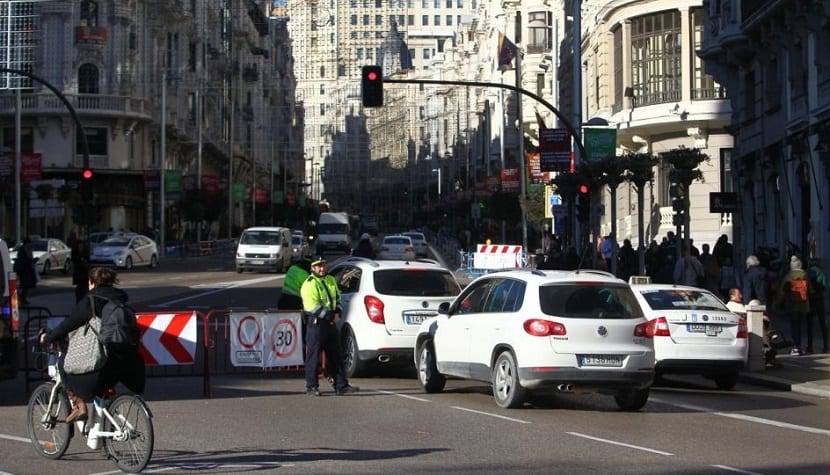
The mayor of Madrid, Manuela Carmena, and the delegate of the Environment and Mobility Area, Ines Sabanés, yesterday presented the Air Quality and Climate Change Plan, whose budget exceeds 540 million euros. The aim is to manage Madrid towards a sustainable city that guarantees the health of citizens and the reduction of cardio-respiratory diseases caused by air pollution.
In addition, these anti-pollution measures will reduce greenhouse gas emissions that contribute to increased global warming and the effects of climate change. The document will be approved by the Governing Board.
This plan counts with some 30 measures that focus on four aspects: sustainable mobility, low-emission urban management, adaptation to climate change and public awareness and collaboration between administrations. All these measures have been proposed with the aim of complying with European and national legislation on air quality. It also has greenhouse gas emission reduction targets in line with what is proposed in the Paris Agreement.
For the year 2030, it aims to reduce greenhouse gas emissions by 50% compared to 2012. Apart from reducing emissions that have to do with urban mobility, it aims to carry out strategies for adaptation to climate change.
Actions to be carried out
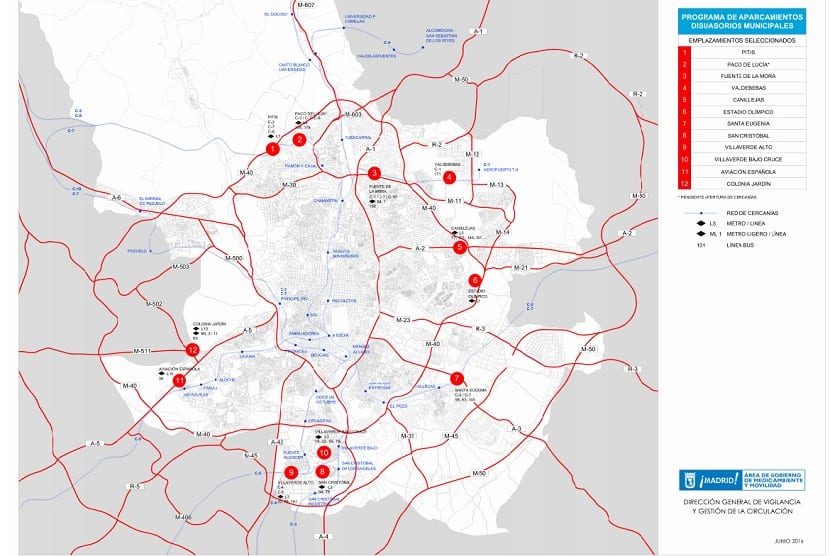
Municipal car parks according to the Air Quality Plan
There are various measures to be taken in order to reduce traffic. By avoiding having too many vehicles on the road, we will reduce greenhouse gas emissions. Pedestrian and cyclist mobility will be promoted and more facilities will be provided for the use of public transport. You have to think that if a bus fits about 50 people, there are about 30-40 fewer vehicles that are in circulation (counting that 1 or 2 people go in each vehicle).
The Zero Emissions Central Area will also be implemented in 2018 in the Centro district, the access roads to the city center will be reformed, the speed on the M-30 and access roads will be reduced to 70 kilometers per hour, Zones will be created. whose maximum speed is 30km / h and some platforms reserved for buses.
The Manuela Carmena Plan also has a second block that contains different types of initiatives based on the promotion of technologies that help reduce emissions. Among these initiatives we find a promotion of electric mobility, that is, the promotion of electric and hybrid vehicles, and actions on the emissions of strategic fleets such as buses, taxis, etc.
First it is incentivized and then restrictions are made
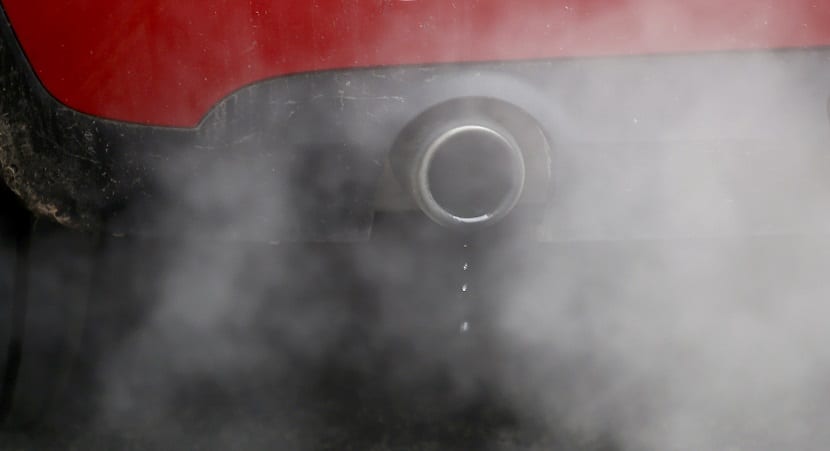
In order for the plan to have a good social acceptance, it must first be promoted and created motivation to reduce emissions and then restrict some aspects that make the city more polluted. The first phase between 2018 and 2020 consists of incentives and the development of technologies to promote more sustainable modes of transport and reduction of emissions. The second phase consists of measures to restrict access, parking and circulation.
These measures will be more and more progressive in the city and not everyone will like it. However, it is a good option to be able to adapt, little by little, to sustainable mobility that helps us combat climate change. For example, one of the restrictions that will start in 2020, It will be that vehicles without an environmental badge will not be able to park in the SER zone (inside the M-30) and from 2025 its circulation will be limited through the municipal area.
What are these environmental labels based on? They are generated by the DGT and it is a classification of those vehicles considered as unsustainable since they are vehicles or vans registered before the year 2000 and 2006 in the case of diesel. According to the data of the circulating park of the city of Madrid, in 2013, vehicles without a badge corresponded to 28,3% of the routes. It is therefore foreseeable that for the period 2020-2025 the proportion will reach values around 20%.
Emissions management
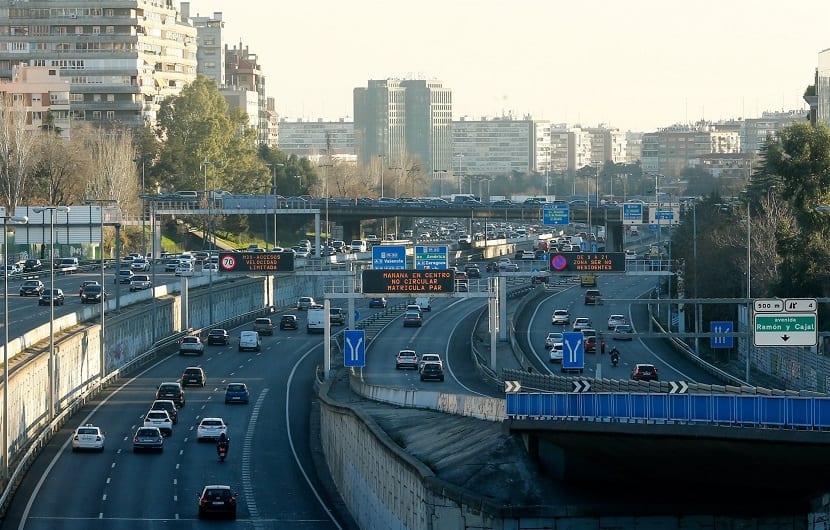
The main objective is to reduce emissions on one side or the other. That is why energy efficiency is also a good weapon to achieve this goal. The City Council has announced that it will promote the replacement of polluting heating fuels and the use of coal will be banned in 2020. Although biomass energy is a type of renewable energy, it also generates CO2 emissions, therefore they have decided to regulate the use of biomass within the city.
A roadmap for the development of renewable energy will also be established, real estate tax rebates for solar energy installations will be reviewed, and the potential of geothermal energy will be explored and exploited. Renewable energies do not emit greenhouse gases, so the more they are promoted, the less emissions the city will have.
Another factor that emits gases into the atmosphere is the treatment of waste. This is why the Carmena Plan is also set and acts on this: the treatment of waste from the Technological Part of Valdemingómez will be improved to reduce emissions, increasing the level of recovery of materials, including organic ones for composting and an increase in biogas production.
There is yet another axis in which the plan intervenes and it deals with nature-based solutions. We cannot forget that nature is a great ally in the fight against climate change. This axis focuses on the measures of the development of the Madrid + Natural program. This program aims to increasing the resilience of the urban environment to climate change. For this, interventions will be carried out in buildings, neighborhoods and the renaturation of the Manzanares River.
Citizen awareness
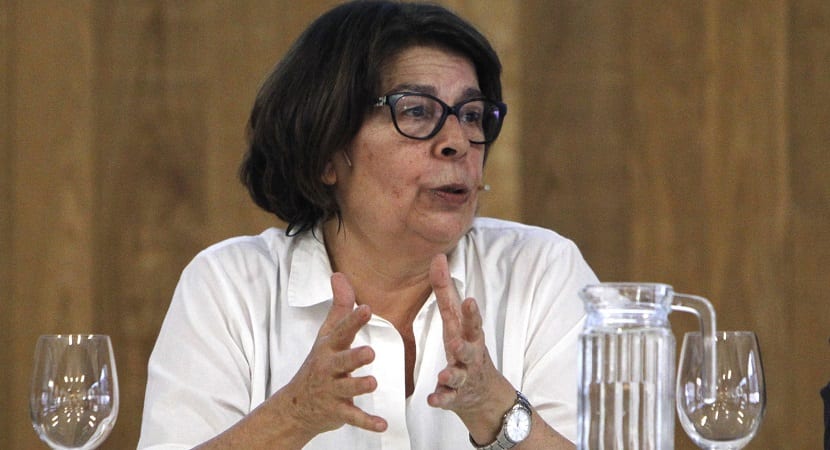
A very important axis of the Carmena plan is the awareness of citizens. Have citizens aware and well informed about the situation of air quality in Madrid it is of vital importance for the acquisition of correct habits of consumption, displacement, transport and mobility. In this way, the use of public transport will be encouraged, the use of bicycles or walking tours will increase. Citizens have to know the importance of air quality in terms of people's health and the reduction of diseases.
Manuela Carmena insists that public awareness is vital since this plan requires collaboration with other Administrations, both neighboring municipalities, such as the Community of Madrid and the State Government, to make legal modifications and adopt the necessary incentive measures to promote in a coordinated and synergistic way the necessary change in citizens' habits.
What budget do you have to carry out all these measures?
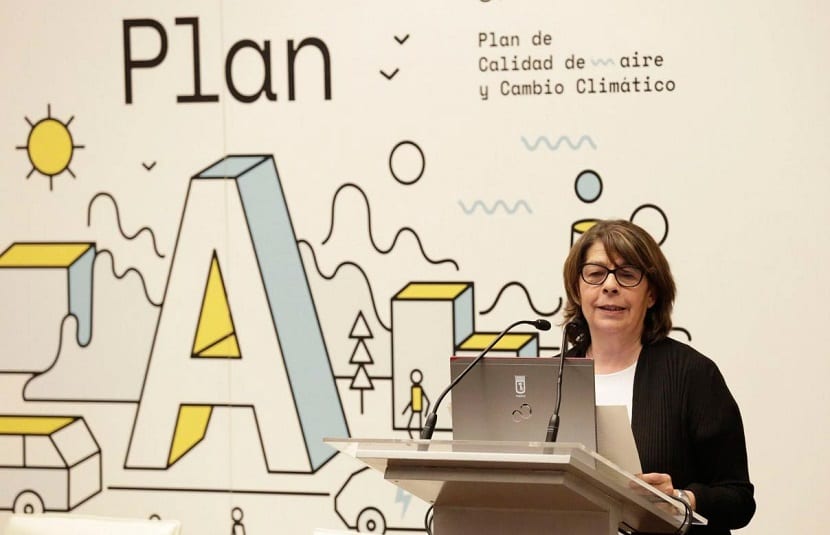
This Plan by Manuela Carmena has with a budget of 543,9 million euros for the period 2017-2020. This budget includes all incentive measures to reduce greenhouse gas emissions. The part of the plan that needs the most amount of the budget is that of the management of key sectors that have a high impact on air quality. This part of the plan takes 330 million euros out of the 543,9 million.
On the other hand, the actions to be carried out on the road network and public spaces aimed at reducing the intensity of private traffic and promoting public transport will have 154 million euros. Regarding low-emission urban management, some 46 million have been allocated. For the energy management of municipal buildings (the entire issue of energy efficiency and use of resources) has 3,2 million. The strategies for adaptation to climate change have 7,7 million and, finally, the initiatives that we have commented before regarding environmental education and public awareness have 3 million euros.
What impact do emissions have?
All the measures that the Manuela Carmena Plan has taken will allow a fairly notable reduction in nitrogen oxide emissions in the short term. More or less it is estimated that they will be reduced by 15% by 2020 and almost all are attributed to road traffic.
This guarantees an improvement in air quality, but not enough to be able to say with total certainty that it meets each and every one of the annual levels, that is why the reduction must be increased even more with more ambitious objectives to achieve better results.
We must be in favor of the electric ones and facilitate the change to the people and prohibit less and help more and criticize less.